Closed loop for subscriber
- Remember before winter escapes between your fingers: the abundance of next season is sown now. The cold humidity and the eve of the holiday festivities of the celebration of the winter solstice rhymes us and puts us in the galvans to the heat. Forget the weeds and take the fertilizer. This winter fall of the calendar is the time of the principal subscriber. Depending on the type of subscriber, the next harvest. Depending on the region, winter can be long and hard; ask in vegetable gardens over 1,000 meters of Abaurrea Alta... Dedicating a little time and effort to enabling the land in autumn, you will facilitate the success of the garden next year!

The end of the harvest that Berdantzart had is a basket of emotions. The fall of mood after collecting, receiving, drying, hanging, freezing and maintaining the benefits of the harvest, as well as the fall thereof. It is a great depression the need to “leave” the vegetable garden, not to see the blur of the summer growth of plants, to reduce the intake of vegetables as they are collected, to almost disappear the miracle of flowers, to have no smell of fruit… But it is time to reflect on the failure and success of this year’s work and results among vegetables.
Autumn is a good time to fertilize grass, trees, shrubs, sustainable plants, orchard, field of cultivation, etc. But you have to do it right: in these cool months, depending on the winter, hard or soft, they can be completely asleep or grow very slowly. Good fertilization will help sleep and the next resurgence.
If we want to help plants, natural recovery of soil health must always be the first choice. On the other hand, to the extent possible, commuting at home, transport entails cost and pollution. Closing the circle, the closed loop is the best subscriber standard.
To pay for the grass is left the grass cut and crushed, which will be half the food you need, while the rest extends the litter or terrarra around very thin.
Keep trees and bushes underneath, they need all the free fertilizer. And it has many benefits: keeping moisture, helping the microorganisms that feed the earth, being home to bugs ... Never stack them on the back of the trunk. If the blade is insufficient, bring it.
Remember not to use chemical or synthetic fertilisers for the subscriber. On the one hand, they can alter the cycles of drunkenness and fertilization of our plants and on the other, they cause important environmental impacts, highlighting the contamination of water and the genocide of microorganisms that give life to the soil.
There is a rule in the subscriber that must be strictly followed: more is no better.










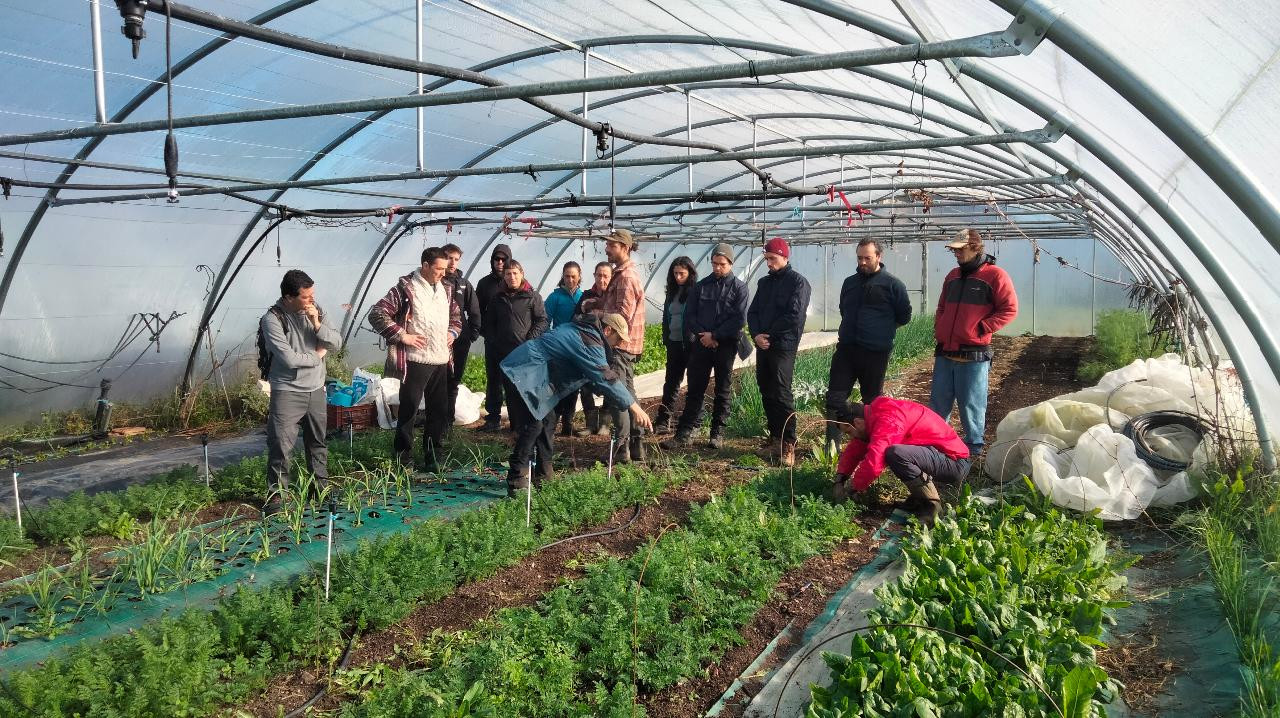
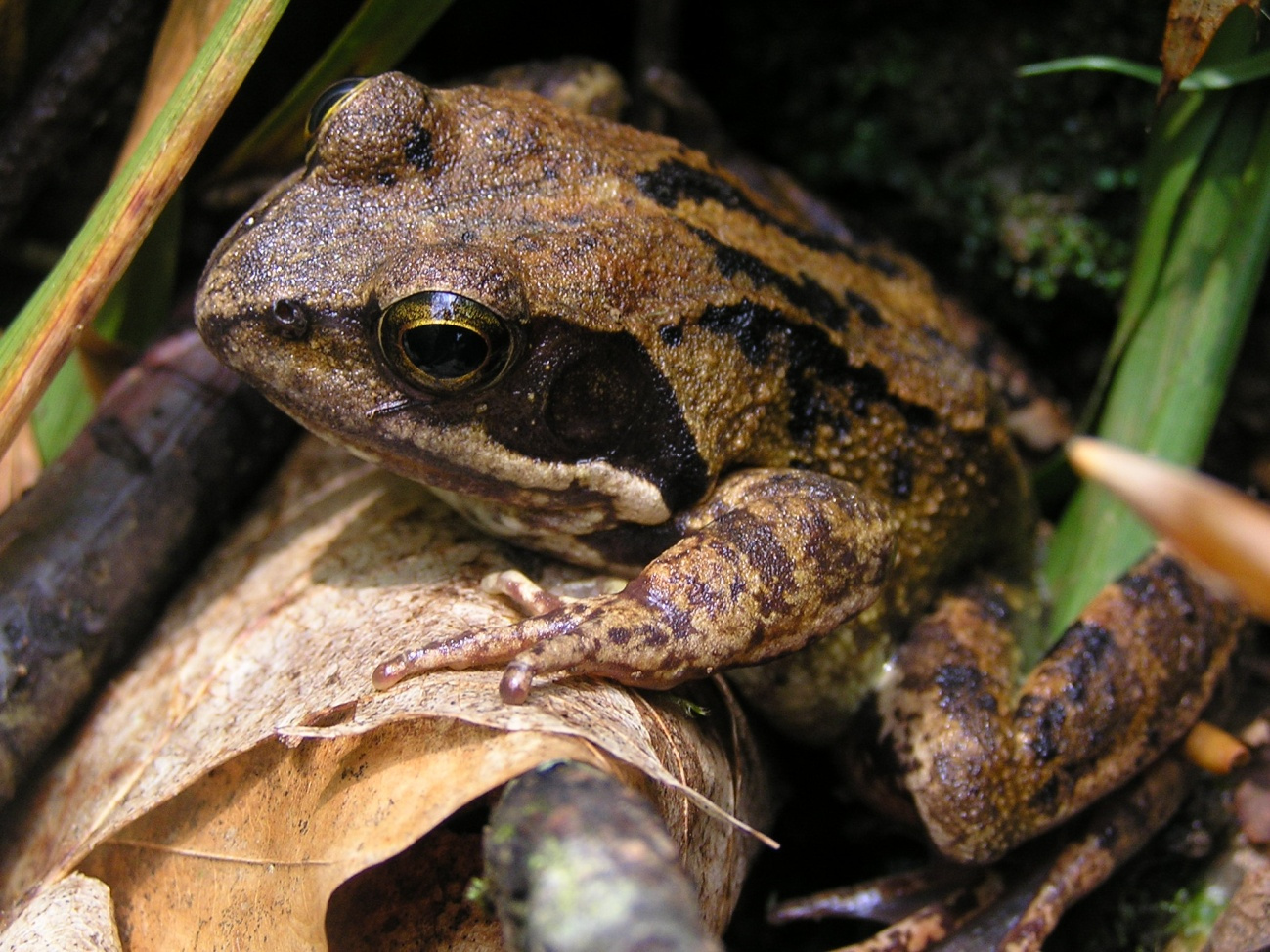
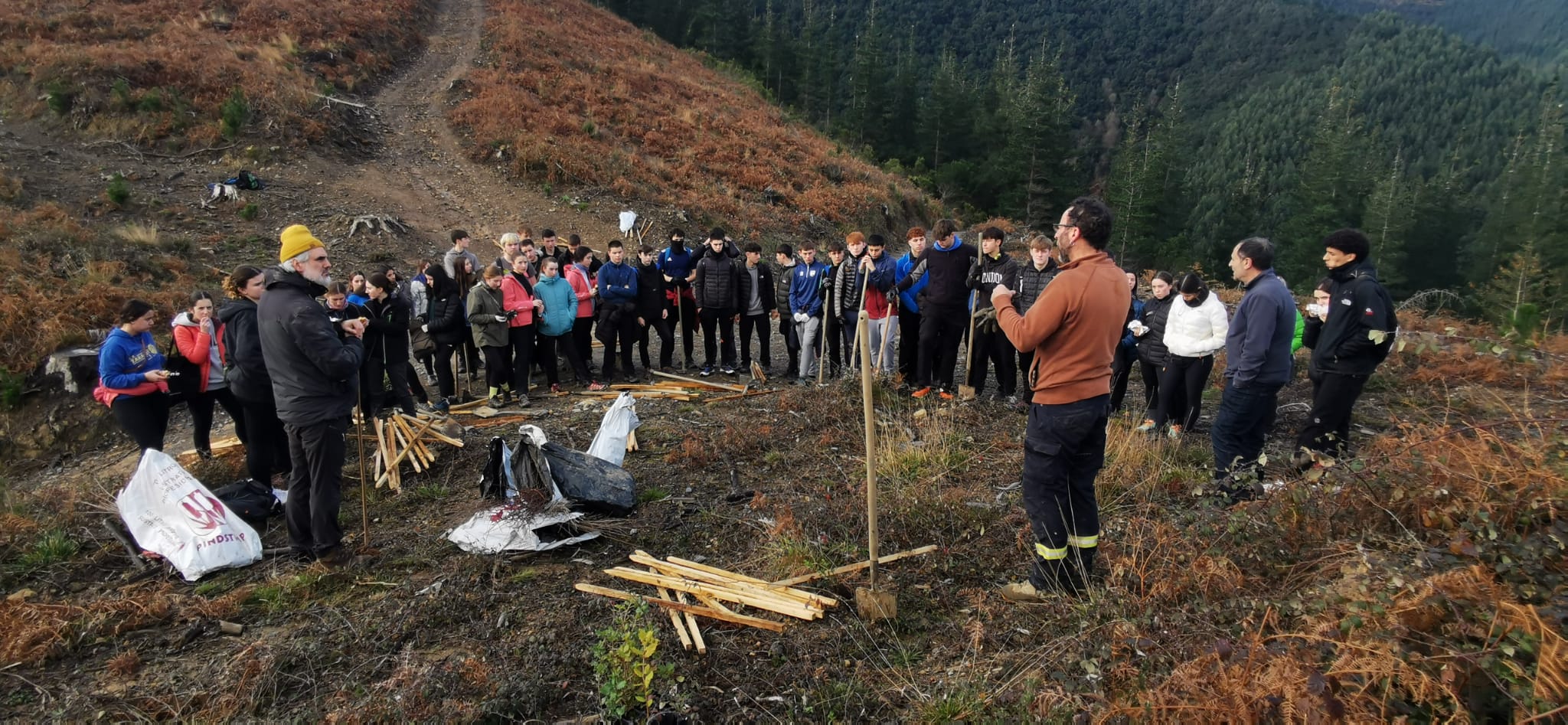
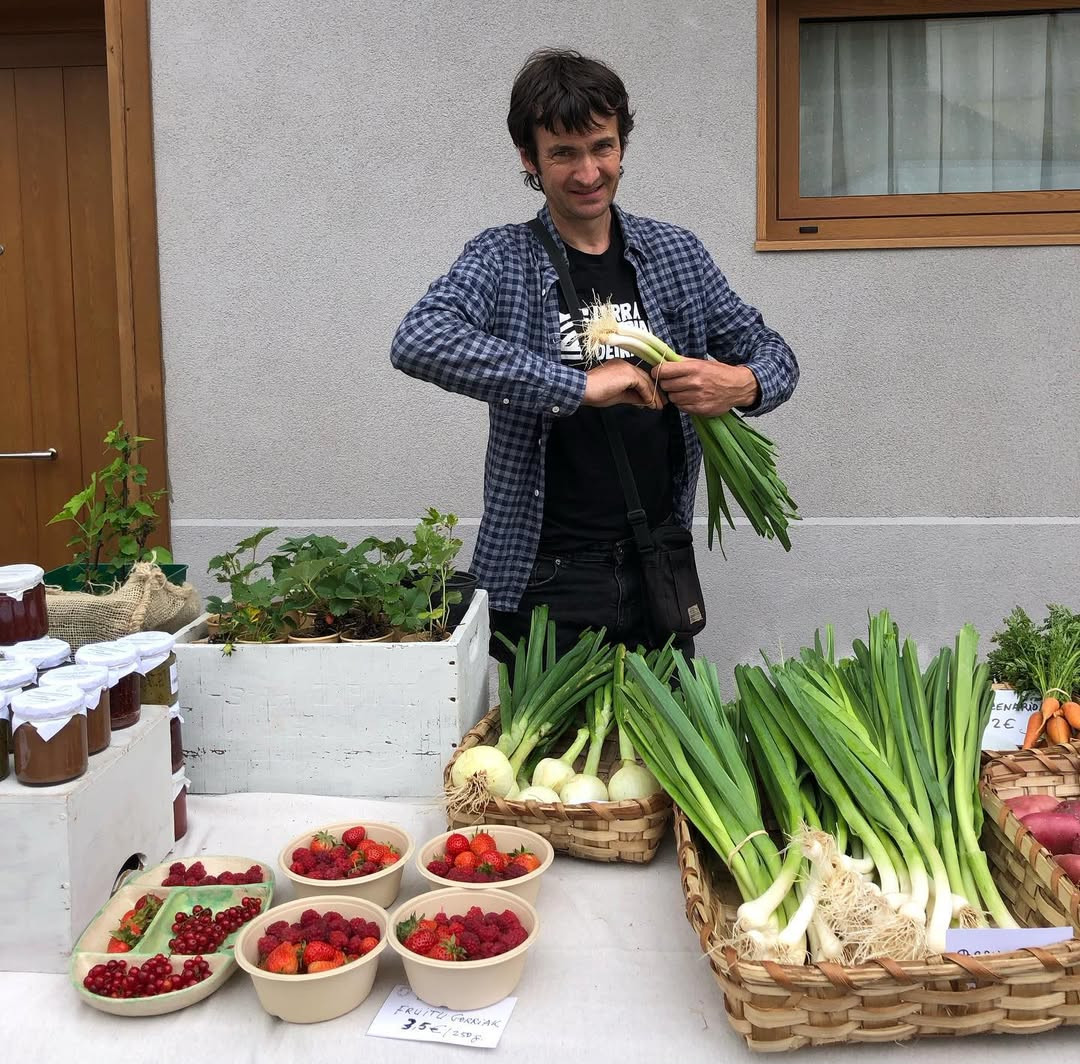

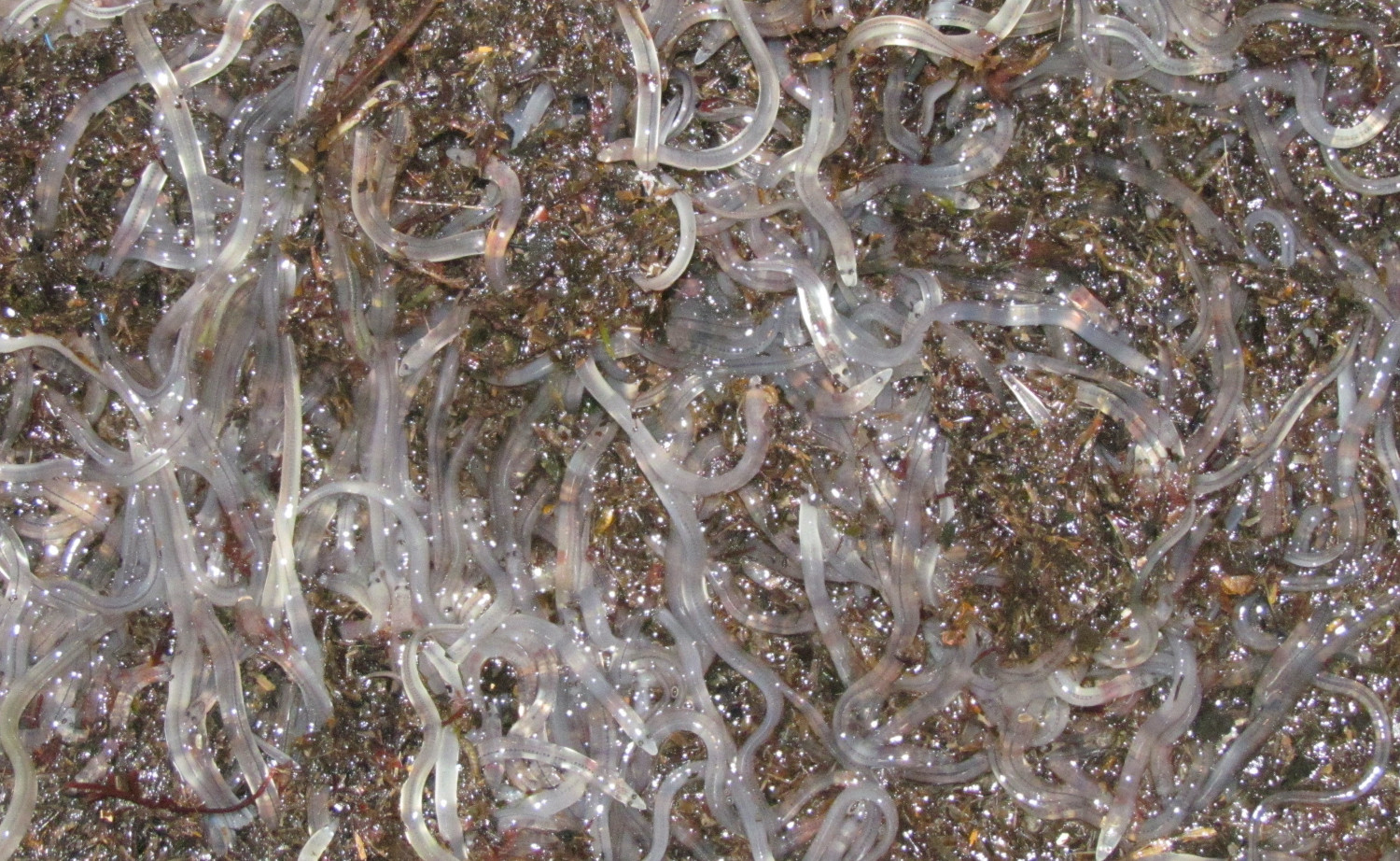
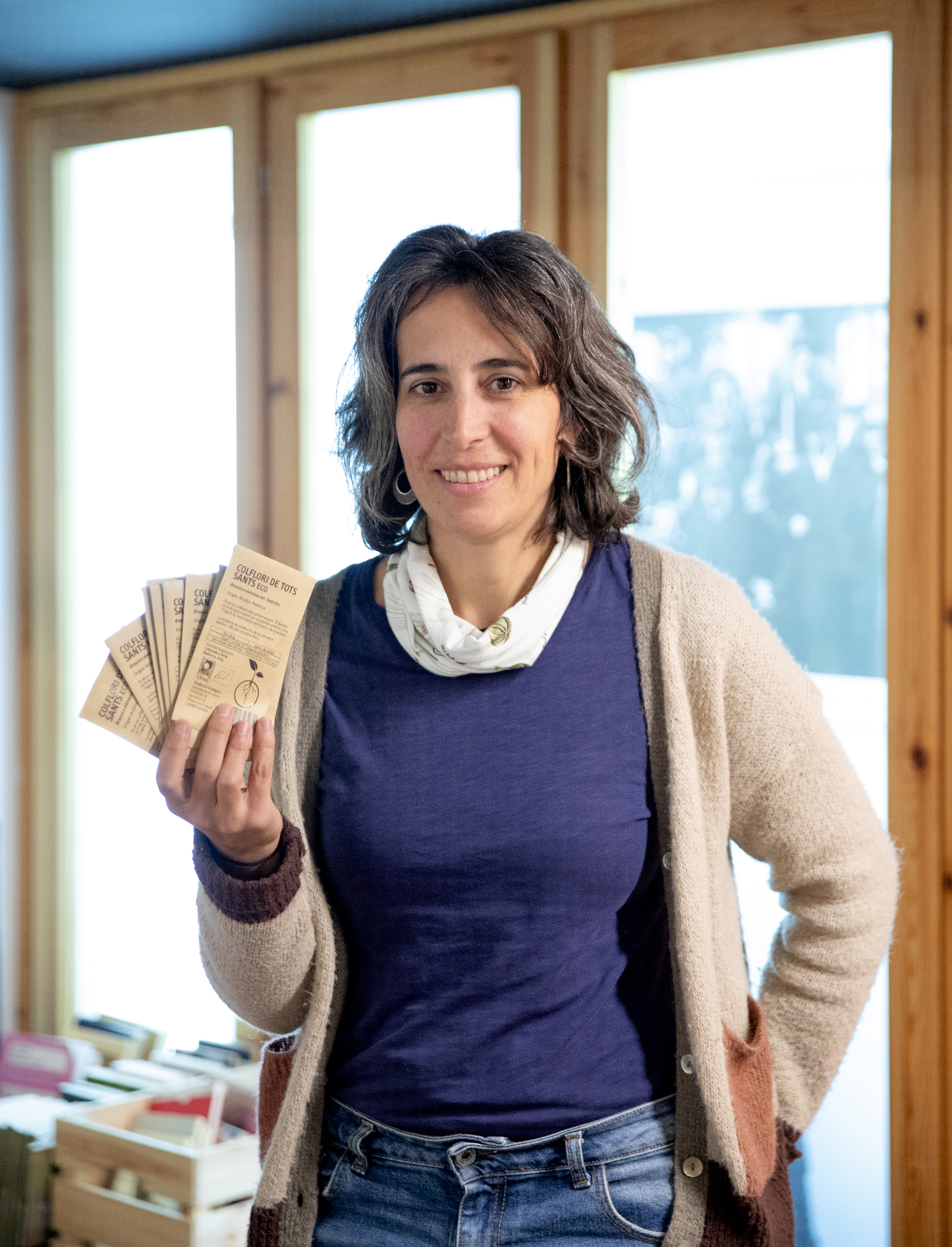

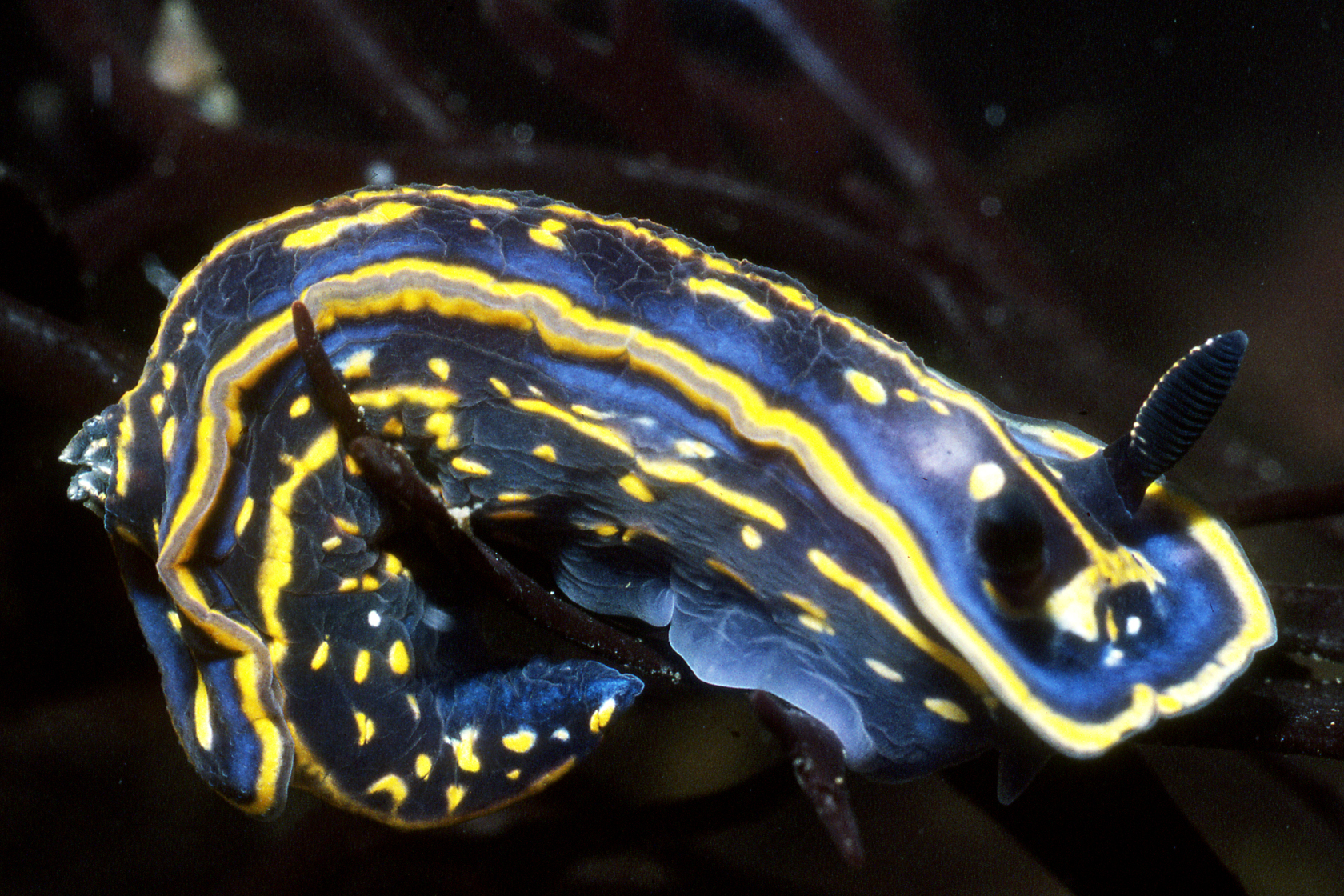
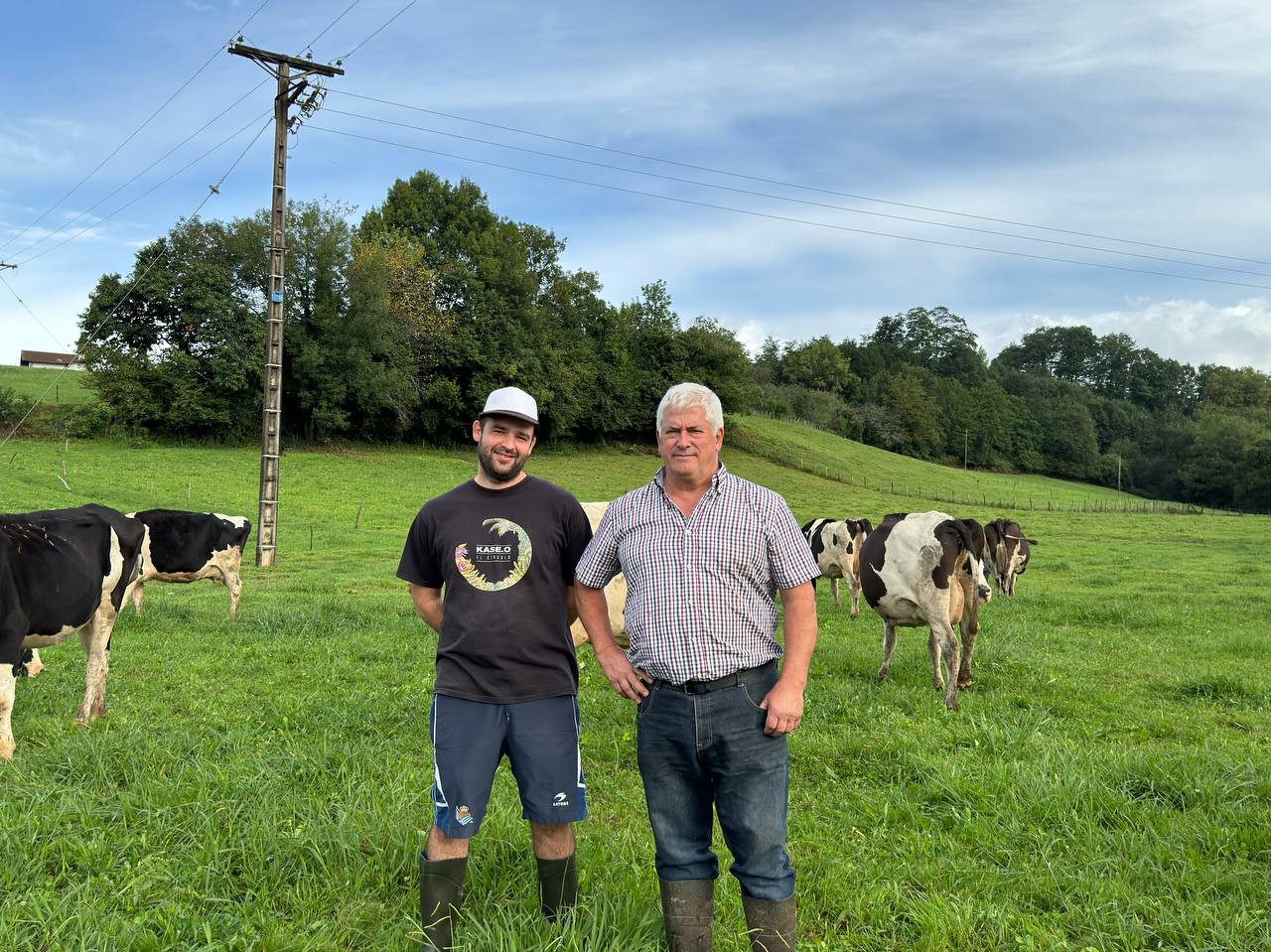

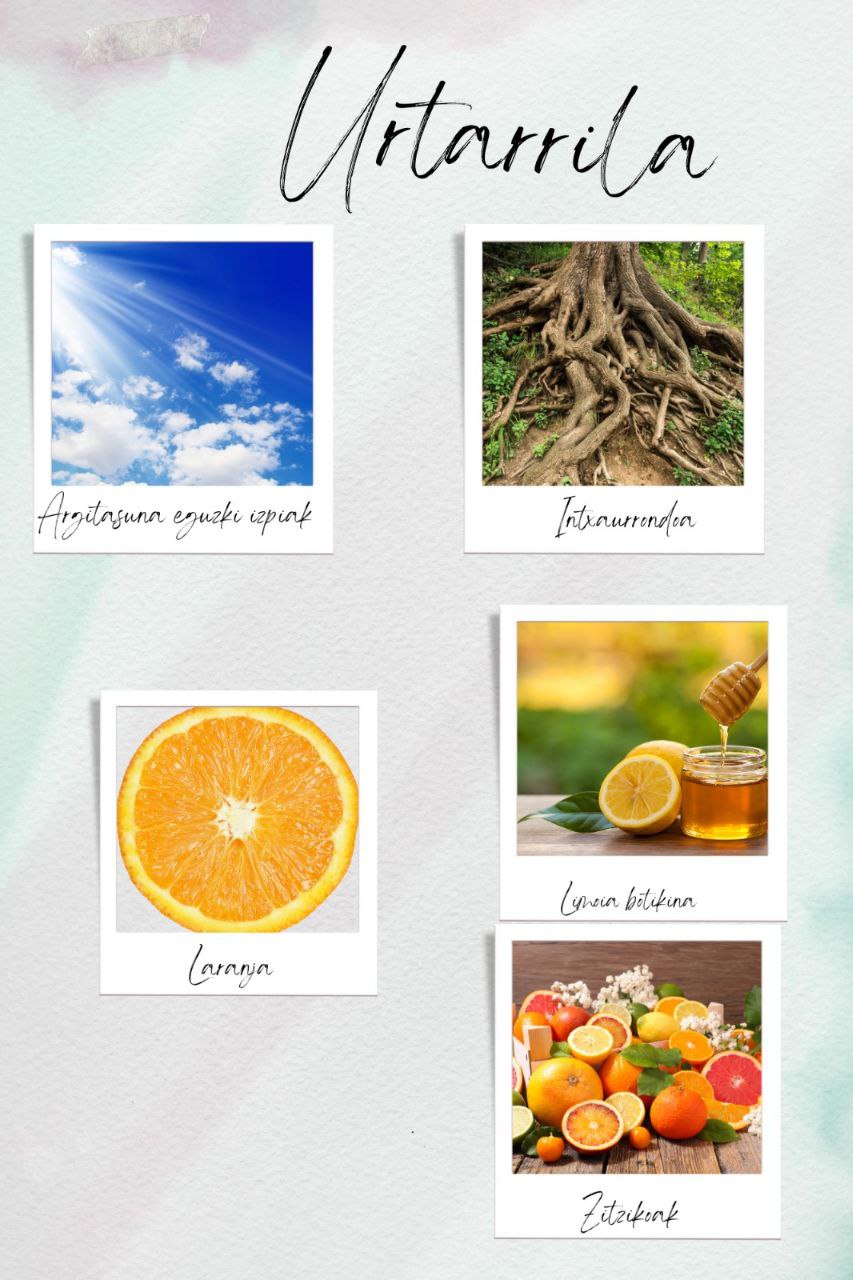
-(1).jpg)